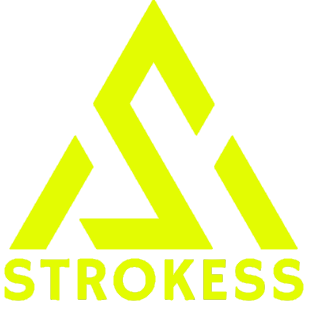When it comes to racquet sports, people often wonder: Are Pickleball and Paddle Tennis the same? At first glance, they may look alike — both are played with paddles, a net, and a ball. But once you step onto the court, you quickly realize these two sports have very different rules, equipment, and playing styles. Let’s break it down so you can understand exactly what separates Pickleball from Paddle Tennis.
The Courts Size and Layout of Pickleball and Paddle Tennis

The pickleball court is smaller than a tennis court, measuring 20 by 44 feet. A key feature of the court is the non-volley zone, also known as the “kitchen,” which prevents players from smashing the ball too close to the net.
On the other hand, a Paddle Tennis court is bigger than a pickleball court but smaller than a tennis court. The design is closer to traditional tennis rules, but with some adjustments to fit the shorter dimensions.
Having played both sports recreationally, I’ve noticed how the court size directly affects movement — pickleball feels more compact and controlled, while paddle tennis encourages more running and longer strides. If you’ve ever compared paddle tennis vs pickleball, the court dimensions are usually the first noticeable difference.
Equipment: Paddles and Balls

In Pickleball, players use pickleball paddles, which are lightweight and made from composite materials or wood. The ball is a plastic perforated pickleball paddle ball, designed for a slower pace and long rallies.
In Paddle Tennis, players use a paddle tennis racket (solid, stringless paddles). The game uses a depressurized tennis ball, which bounces lower than the standard ball used in tennis rules. Interestingly, many beginners compare the feel of a table tennis paddle with a pickleball paddle because of their lightness, but the feedback from a paddle tennis racket is much firmer and more tennis-like.
So, while both sports rely on paddles and a ball, the feel of hitting the ball is completely different.
From my experience, the tactile feel of the paddle in each sport really matters — pickleball paddles feel light and snappy, while a paddle tennis racket delivers a firmer, more tennis-style response on every shot.
Scoring Systems of Pickleball and Paddle Tennis

The scoring system is one of the clearest differences.
- In Pickleball, the point system allows only the serving side to score. This makes every serve important. The game often goes up to 11 points, and players must win by 2. This structure makes matches engaging and keeps the rally point exchanges exciting.
- In Paddle Tennis, the tennis scoring system is followed, just like on a traditional tennis court. You’ll hear familiar terms like “15, 30, 40, and game.” The tennis scoring format gives it a closer connection to classic tennis, unlike rules pickleball, which is simpler.
For newcomers, the pickleball scoring might seem tricky at first, but once you play a few games, it becomes second nature — especially since rallies are longer and more forgiving.
Style of Play

When you play pickleball, you’ll notice it has a slower pace compared to tennis or paddle tennis. The perforated ball reduces speed, encouraging longer rallies and strategic shots. Players focus on positioning and patience more than raw power.
Paddle Tennis, by contrast, feels faster. With a tennis ball and a slightly bigger paddle tennis court, the game allows for stronger shots and quicker points. Players rely more on power and quick reflexes.
Personally, I find pickleball more strategy-focused — it’s a thinking game, especially when you're playing doubles. Paddle tennis, on the other hand, really challenges your footwork and reaction time.
Serving Rules of both racquet sports
Serving also differs between the two sports:
- In Pickleball, the serving rules are simple. According to the official rules of pickleball, players must serve underhand, making contact below the waist. This keeps the game fair and easier for beginners while still allowing competitive rallies.
- In Paddle Tennis, the paddle tennis serve rules follow a unique pattern. The tennis serving style is used, but often with a bounce before hitting, making it easier than a full overhead tennis serve. For anyone new, understanding the paddle tennis serve rules is essential because they balance the game and keep it accessible while still fast-paced.
Why the Confusion?
People often confuse the two sports because they both borrow elements from tennis, but also introduce unique twists. Both belong to the family of racquet sports, both use paddles, and both are played on smaller courts than tennis. But once you compare the equipment, scoring, and pace, the differences become clear.
This confusion is understandable — I remember my first time seeing pickleball and assuming it was just a slower version of paddle tennis. But after trying both, the contrast in paddle tennis vs pickleball rules and feel was immediately noticeable.
Final Thoughts
So, are Pickleball and Paddle Tennis the same? The answer is no. While they share similarities as modern racquet sports, the differences in the pickleball court, paddle tennis court, equipment like a paddle tennis racket vs a pickleball paddle, point system, rally point style, and overall rules make them unique.

